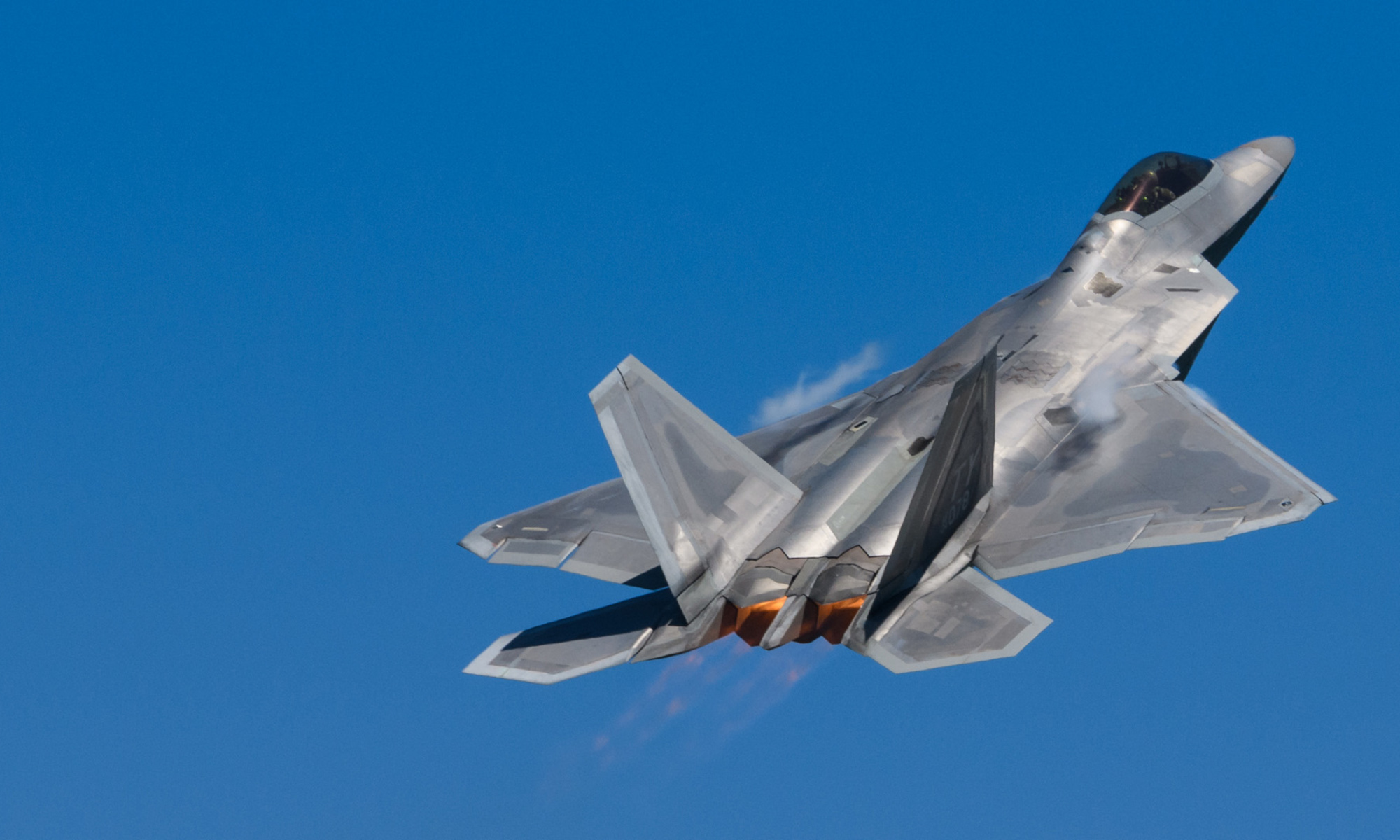An aircraft spotter’s perspective…
Updated Tuesday, March 15th 2011 at 10:00UTC
This will be the last update of this particular post, as long as no substantially new information comes to light in the coming days. It will be a while before we really know the exact impact of the earthquake, tsunami and also the now unfolding nuclear disaster on the military aviation scene in Japan. I hope to get back to the subject in a future blog entry.
I would like to thank everybody who has contributed and shared their positive comments. Now let’s all hope for the best for Japan and its people!
First thing first. I am, as everybody else, extremely moved by the disaster and hardship that has struck Japan. Having been to the affected areas myself twice, and regarding Japan as one of the countries I like being the most, anyone will understand I wish the Japanese people all the strength they can muster to overcome all this misery and destruction.
However I am also a military aviation enthusiast, incidentally not unfamiliar in a country like Japan with its own share of plane spotters and photographers. Therefore the impact on military aviation by the disaster has my special attention ever since the first images flooded (nu pun intended…) on to our television screens. Although totally irrelevant compared to the on going suffering and devastation, I am trying to figure out which aircraft have been affected by the tsunami.
In some cases it is too early to tell if these aircraft are merely damaged or write-off’s, but the latter is almost always very likely because of the sheer force of the tsunami and salt-water corrosion.
This is what I know of, as of Tuesday morning, March 15th 2011:
Sendai Airport:
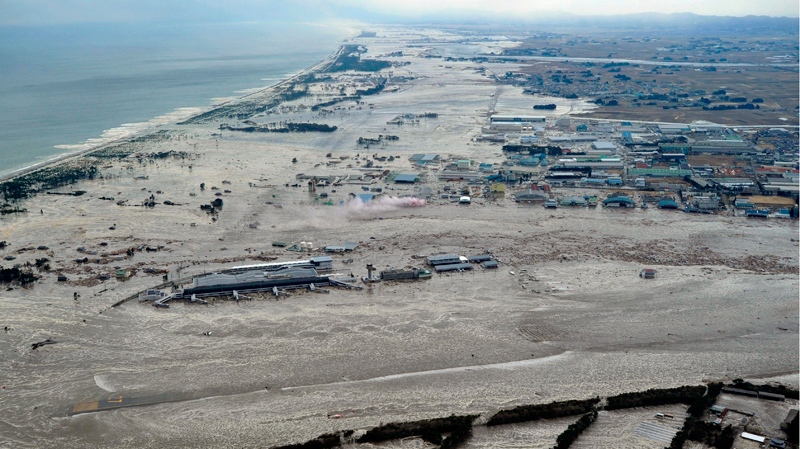
Airport completely flooded. Video footage shown of many damaged light aircraft and a JMSA (Japanese Coast Guard) Beech 200 (I haven’t been able to retrace that particular footage). The presence of about 3 military aircraft on overhaul with the JAMCO company is likely. JAMCO overhauls JMSDF (Japanese Navy) TC-90‘s and JGSDF (Japanese Army) LR-2‘s, amongst others. Status of the JMSA unit at Sendai remains unknown.
It has been reported that some helicopter operations will resume as of Tuesday, no doubt in support of the disaster relief operations.
Another view of Sendai airport. The row of hangars in the back is where the really interesting stuff is, for the aviation enthusiasts that is. Click on the photo to enlarge. The large hangar to the right of the yellow building is the JAMCO hangar with normally several military aircraft on maintenance. The JMSA unit is located furthest to the right of the hangar row.
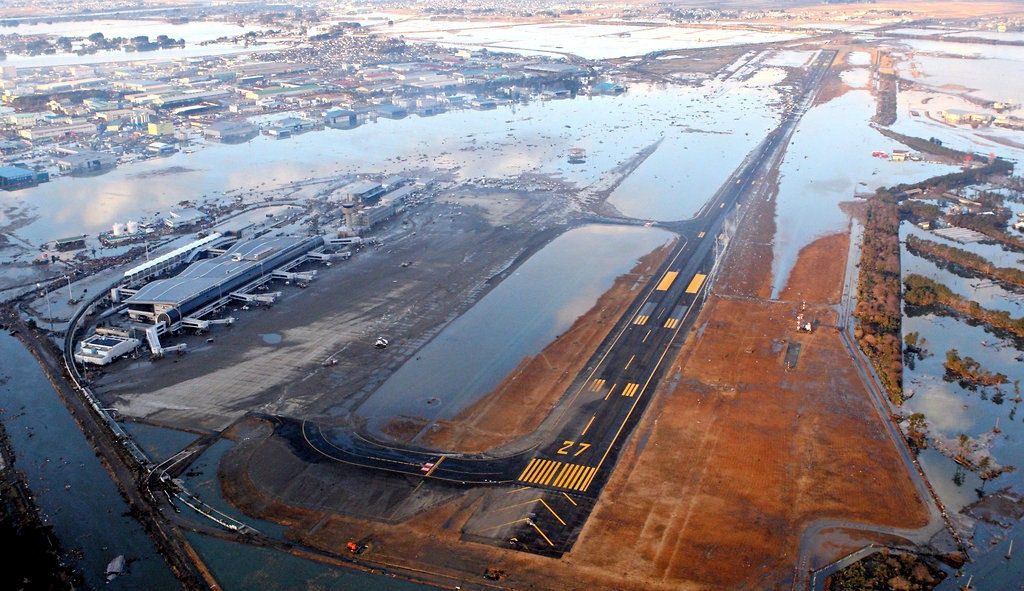
The devastation shown once more to good effect. The first photo I believe is taken from very near, or possible even on the apron in front on JAMCO. In the second photo the wrecked Cessna is still recognizable, but the SA.365 Dauphin helicopter hardly is…
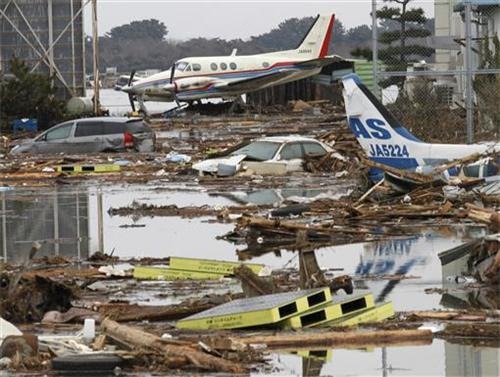
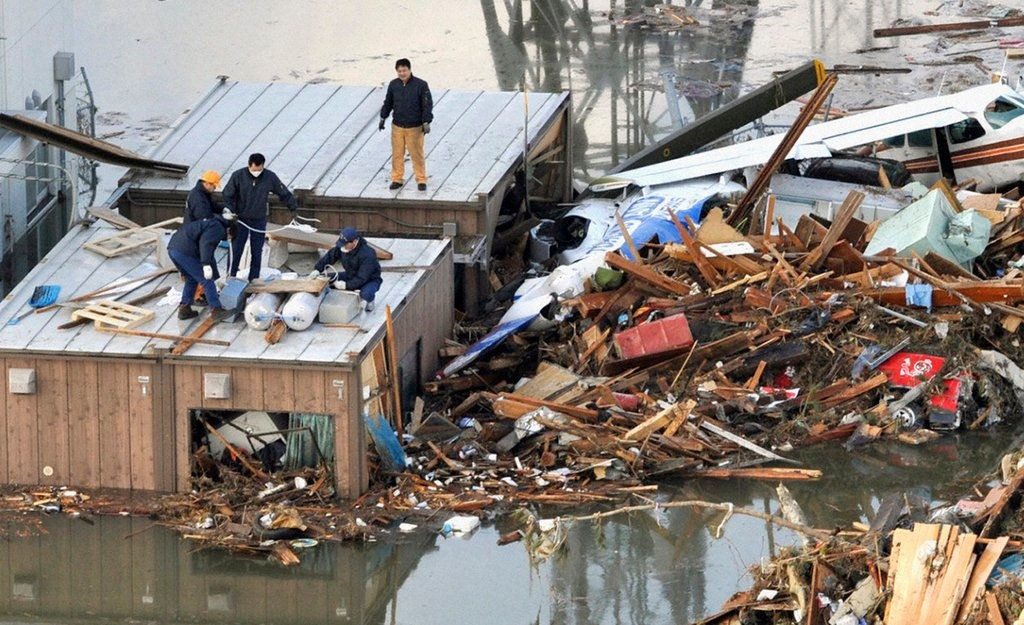
Matsushima AB:
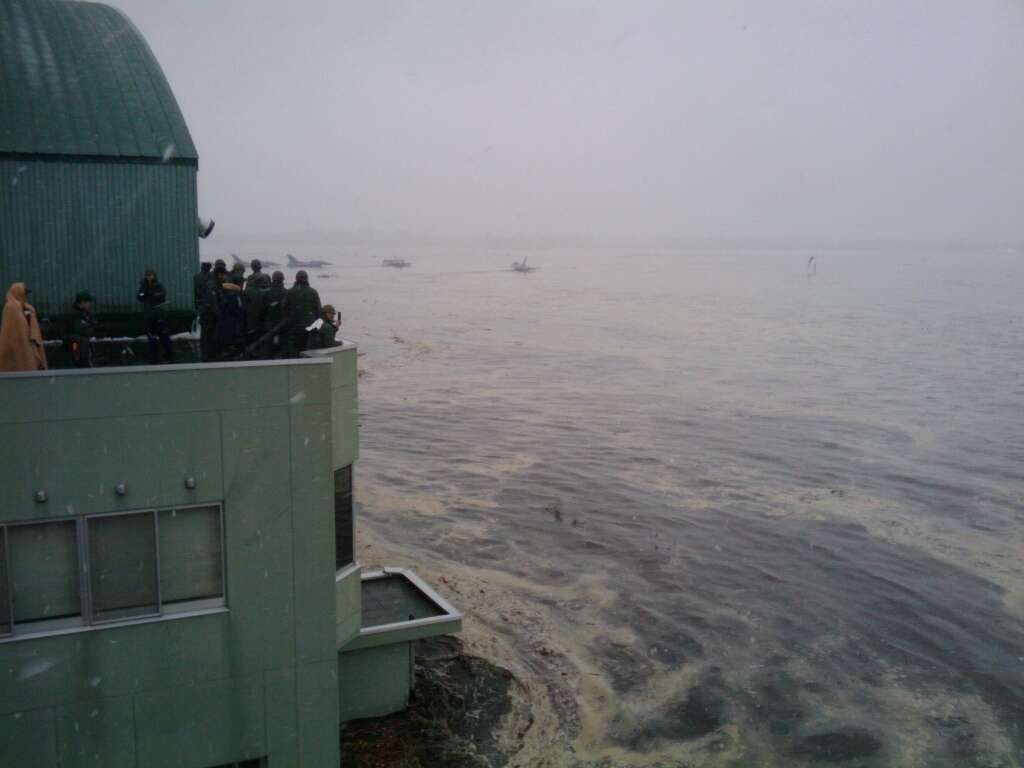
Airbase was completely flooded. Photographic evidence of at least ten F-2B jet fighters damaged (one identified as 23-8114), most likely more were damaged inside the hangars. 21 Hikotai (21 squadron) has a normal complement of eighteen F-2‘s and five T-4 jet trainers.
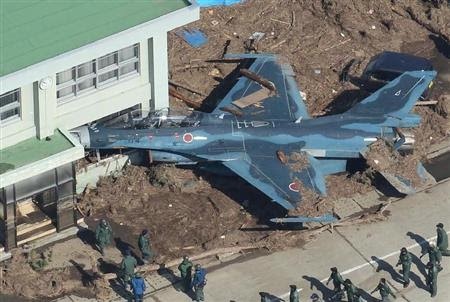
As can be seen on the photos above and below at least two of these T-4‘s were swept away by the tsunami.
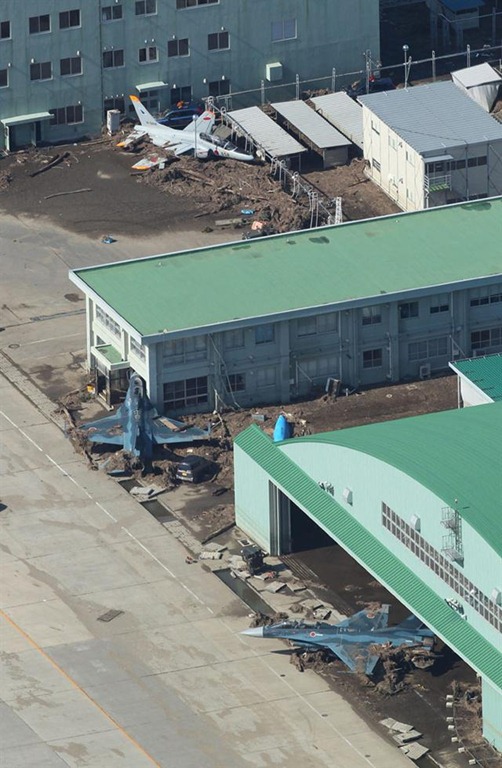
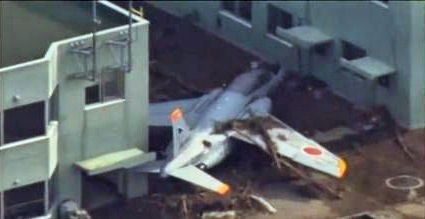
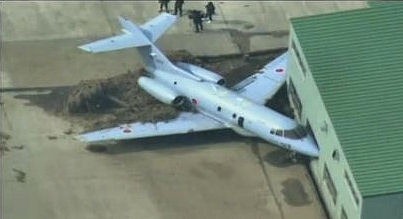

11 Hikotai (the Blue Impulse aerial demonstration team) was not home at the time of the disaster, however the one or two spare aircraft (T-4‘s) normally left at the base will be damaged.
One source suggest the following aircraft were damaged or destroyed by the tsumani:
- 18 F-2B‘s, that would thus mean the complete Hikotai.
- 4 T-4‘s, three from 21 Hikotai and one Blue Impulse jet.
- 4 UH-60J helicopters.
- 2 U-125A jets.
Finally, one photo shows the group of preserved aircraft behind the main gate were also flooded and damaged. Another T-2 preserved in the Blue Impulse area will undoubtedly not have faired any better.
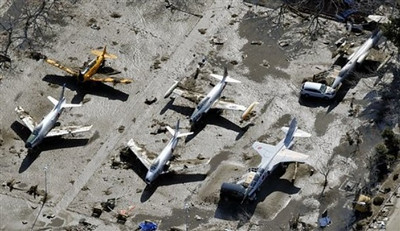
Misawa AB:
According to the US base website there is little damage, power and heating outages seem to have been the biggest problems. We can assume the aircraft museum adjacent to the base is also unaffected. One source indeed confirms the museum did not sustain any serious damage inside. Misawa is home to JASDF (Japanese Air Force) F-2 fighter and E-2C Airborne Early Warning aircraft, a JGSDF CH-47J unit, plus a handful of T-4 jet trainers. The US Air Force flies F-16‘s from here.
Hachinohe AB:
The area is heavily affected but because of the airfield’s elevation it was not flooded, despite its proximity to the sea. According to sources Hachinohe is operating normally. This naval air base is home to a JMSDF P-3C maritime reconnaissance squadron, also the JGSDF has helicopters based here.
Kasuminome AAB:
A Japanese spotter reports that this JGSDF helicopter base is being used in the relief efforts, despite being flooded by the tsunami. No news on helicopters damaged by the water, but this seems very likely. Kasuminome is located in the south-eastern suburbs of Sendai, close to the seashore.
Ominato AS:
SH-60J 8276 was seen on video early during the relief efforts, and with this helicopter last reported with 25 Kokutai (25 squadron) at Ominato it was hoped the small JMSDF helicopter base is still in operation. This turned out to be the case, fortunately!
Yamagata AAB:
Home to a JGSDF helicopter unit, the airfield appears to have been damaged by the earthquake but is back in operation.
Hyakuri AB:
This JASDF fighter base was not badly affected and is operating as normal as possible, given the circumstances.
Undoubtedly, more will become known over the coming weeks. It is then that we hope the whole of Japan, but specially the stricken areas, will be able to return to some form of normalcy, and a beginning can be made with assessing the balance.
That’s it for now, as a closure some more photos of the relief effort. Note the UH-60J in the background on the first photo. It’s in Hamamatsu Kyunantai anniversary special colour scheme, but without a doubt any kind of anniversary is far from the minds of all people right now…


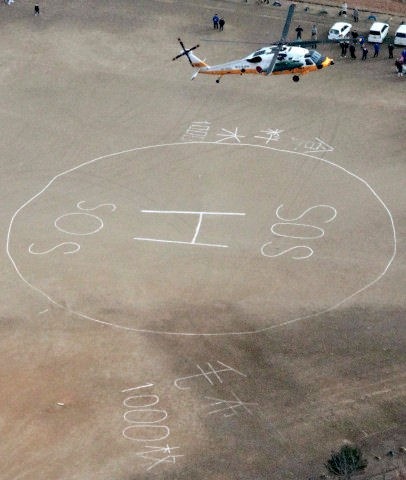
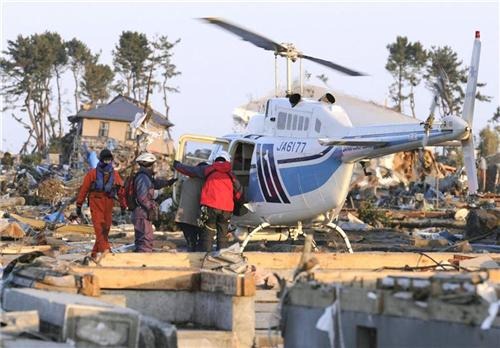
My thoughts are with the people of Japan.
Marco
